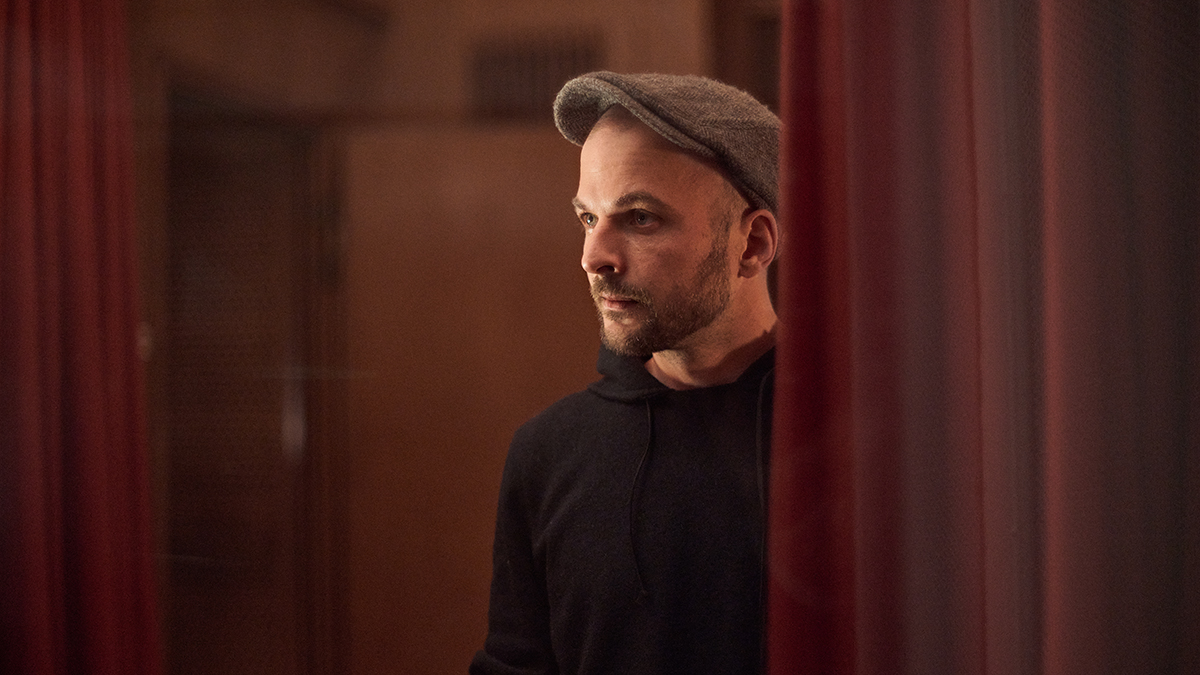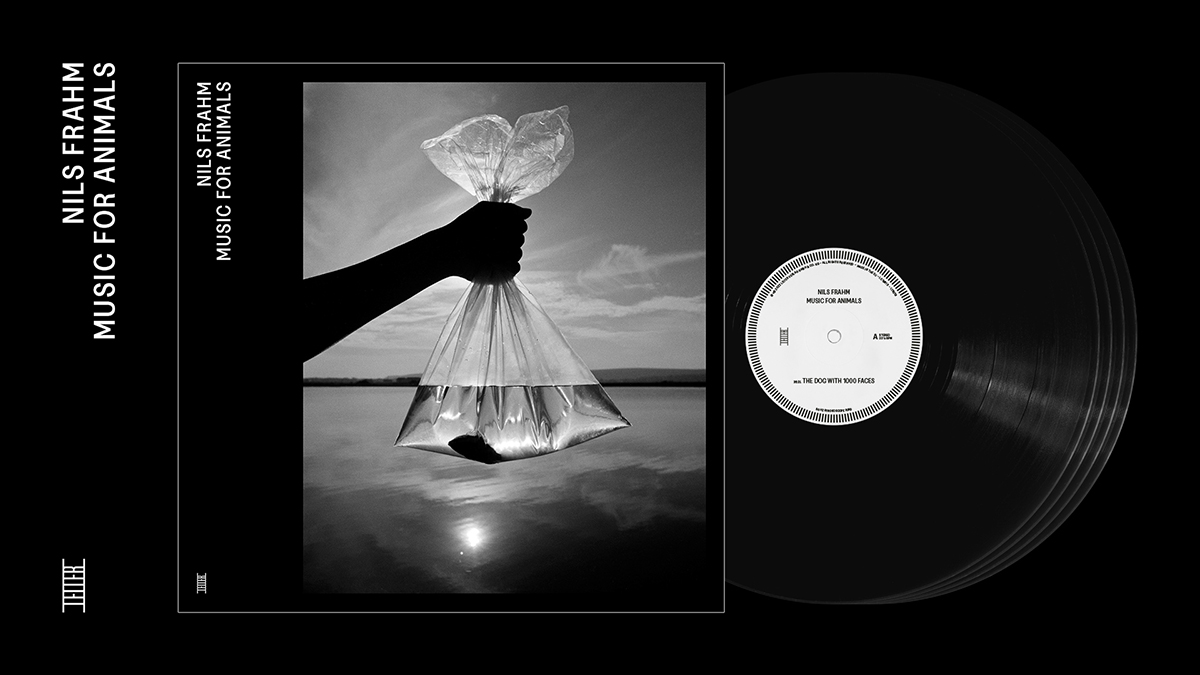Nils Frahm’s new album, Music For Animals, features no piano and is three hours long
“With this album, there was no specific audience in mind, and nor was it adapted to any particular purpose”

Nils Frahm has announced Music For Animals, his first album since 2018’s All Melody. Set to be released on 23 September, it’s notable for its three-hour length and complete absence of piano, the instrument that
Said to unfold “at an unhurried, meditative pace in a celebration of tone, timbre and texture,” Music For Animals was recorded between 2020 and 2022 at Frahm’s studio in Berlin’s Funkhaus complex.
“My constant inspiration was something as mesmerising as watching a great waterfall or the leaves on a tree in a storm,” says Frahm. “It’s good we have symphonies and music where there’s a development, but a waterfall doesn’t need an Act 1, 2, 3, then an outcome, and nor do the leaves on a tree in a storm. Some people like watching the leaves rustle and the branches move. This record is for them”.
Given its recording time-frame, Music For Animals is inevitably a product of the pandemic, and also the first record on which Frahm has collaborated with his wife, Nina.
“Like everyone, Nina had to spend much more time on her own at home,” he recalls. “One day she brought a picnic over to the studio, and we opened a bottle of wine, then I showed her my new instrument, a glass harmonica. When she tried playing it, it sounded amazing, and I recorded that first interaction.
“Afterwards she came a couple of times a week, and each time I’d prepare a little sequence to jam on. She’s not musically trained, but she was playing with so much purpose and care. That’s very helpful, just playing the few notes you really feel and otherwise not playing anything.”
This sense of space is something that’s typical of the album as a whole, and Frahm says that he was keen not to over-egg the arrangement pudding. “A lot of music, in my humble opinion, is over-decorated like a Christmas tree,” Frahm explains. “I just want to have the tree. I don’t know why there’s more decoration on the tree each year, nor why a song has to be a little more compact, denser and more digested.
Get the MusicRadar Newsletter
Want all the hottest music and gear news, reviews, deals, features and more, direct to your inbox? Sign up here.
“This, to me, feels more and more unnatural. I’d prefer to give an idea of what could be there but isn’t there so that the listener starts creating the composition in their mind.
“For me that’s a core element of my music: that you, the listener, find yourself inside the music. On this album there’s an especially big place left where it’s not too tight or squeezed.”

What of that album title, though? It turns out that it’s a tongue-in-cheek nod to the conceptual records of the 1950s, such as Raymond Scott’s Music For Babies, and to the rise of ‘functional’ playlists on streaming platforms.
“I feel a certain frustration with the functional use of music these days, all these playlists with names like Music for Sleeping, Music for Focus, Music for Masturbation,” Frahm quips. “Music always seems to need to do something useful. That’s a very client-driven logic: the client needs something, the music should deliver that, otherwise ‘You’re Fired!’ With this album, there was no specific audience in mind, and nor was it adapted to any particular purpose. But in fact, it seemed to please the animals I’ve spent a lot of time with these last months, so, you know: if you can’t beat them, join them...!”
Right Right Right, the first single from Music For Animals, is released today, and the album can be pre-ordered now. It’ll be available digitally and in 3-CD and 4-LP sets. You can view tour dates on the Nils Frahm website.



I’m the Deputy Editor of MusicRadar, having worked on the site since its launch in 2007. I previously spent eight years working on our sister magazine, Computer Music. I’ve been playing the piano, gigging in bands and failing to finish tracks at home for more than 30 years, 24 of which I’ve also spent writing about music and the ever-changing technology used to make it.
"At first the tension was unbelievable. Johnny was really cold, Dee Dee was OK but Joey was a sweetheart": The story of the Ramones' recording of Baby I Love You
"Reggae is more freeform than the blues. But more important, reggae is for everyone": Bob Marley and the Wailers' Catch a Fire, track-by-track









